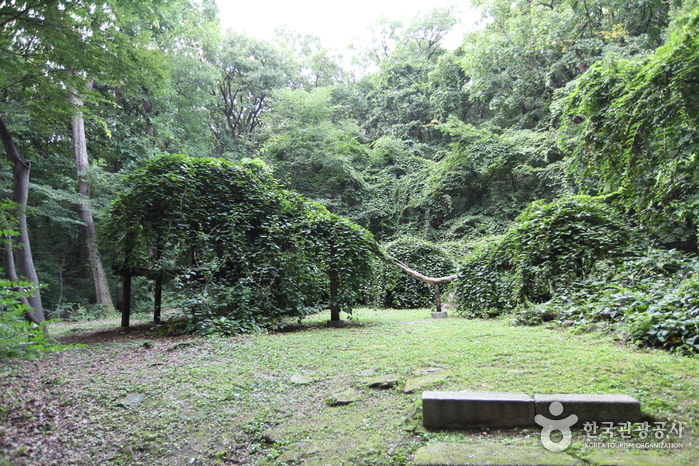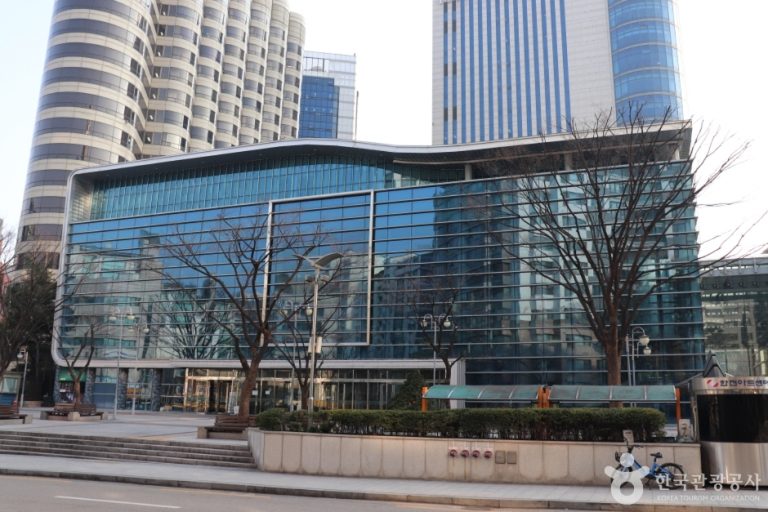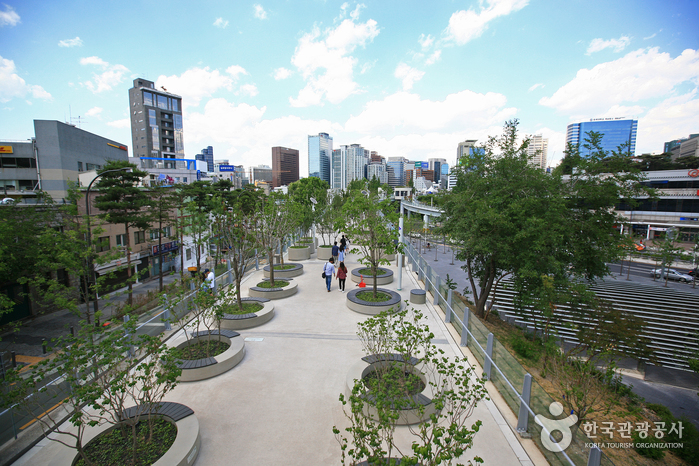Seoul City Wall Museum (한양도성박물관)
Seoul City Wall Museum (한양도성박물관)
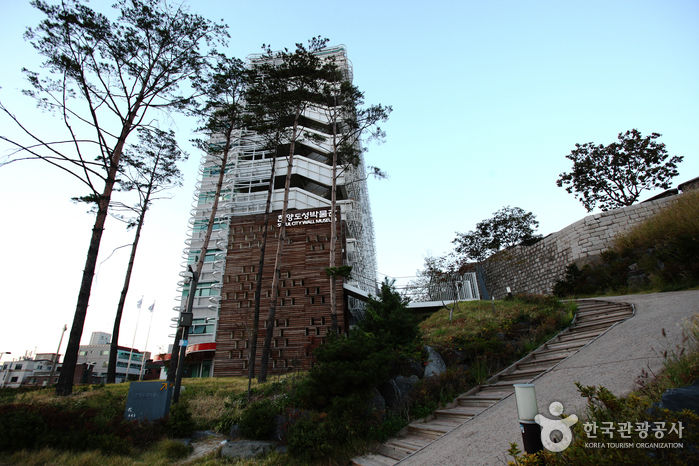 – Homepage
– Homepage
www.museum.seoul.kr
– Tel
+82-2-724-0243
Hanyangdoseong, the Seoul City Wall, built in 1396, was the city fortress wall that protected the capital city Seoul for over 600 years. The fortress wall was built along the terrains and although it became partially damaged during the modernization process, its original form remains well to this day, making it a cultural heritage that coexists with the modern city. The Seoul City Wall Museum, located in Heungjinjimun Park, is a museum containing the history and culture of city wall from the Joseon dynasty to the present. It is a cultural space with a permanent exhibition hall, special exhibition hall, city wall information center, and study room.
– Address : 283, Yulgok-ro, Jongno-gu, Seoul
※ Presentation Information
– Information and Guides
+82-2-724-0243
– Parking
Available (29 small cars, no large cars)
– Parking Fee
400 won for every 5 minutes / Day parking 45,000 won maximum
– Day Off
Mondays, January 1
* Hanyangdoseong Reference Room is closed every Monday and on public holidays
– Usage Fee
Free
– Operating Hours
[Museum] 09:00-18:00 (Last admission 17:30)
[Hanyangdoseong Reference Room] 10:00-17:00
– Tour Duration
Approx. 1 hr

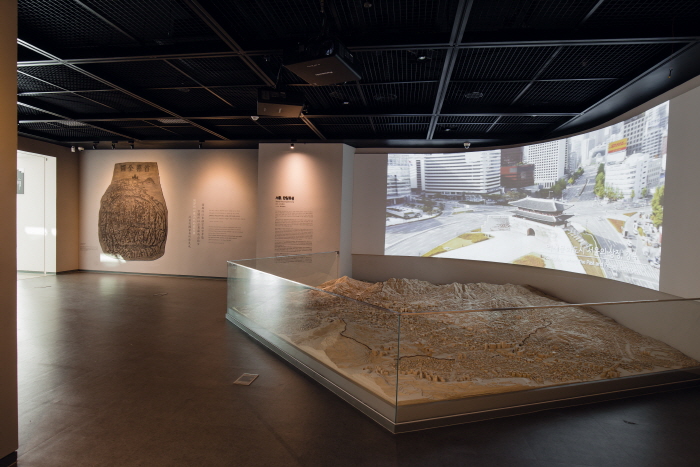
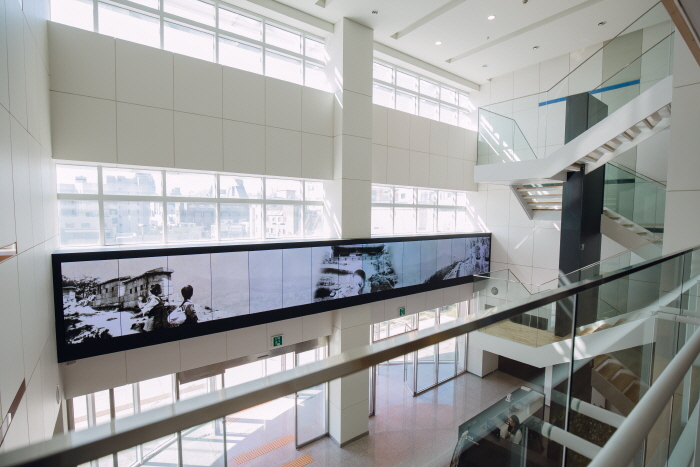

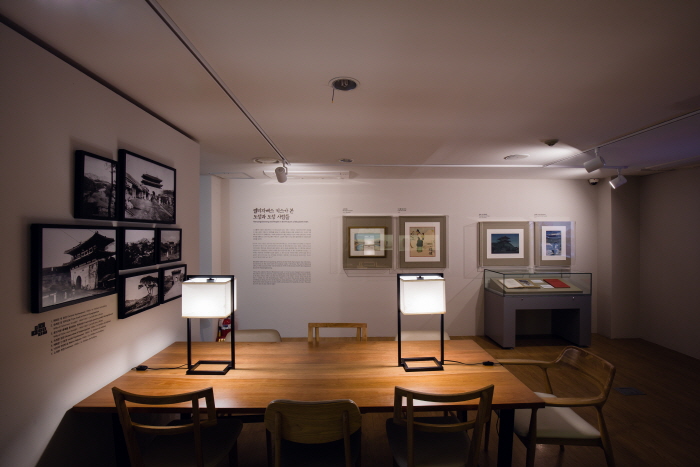
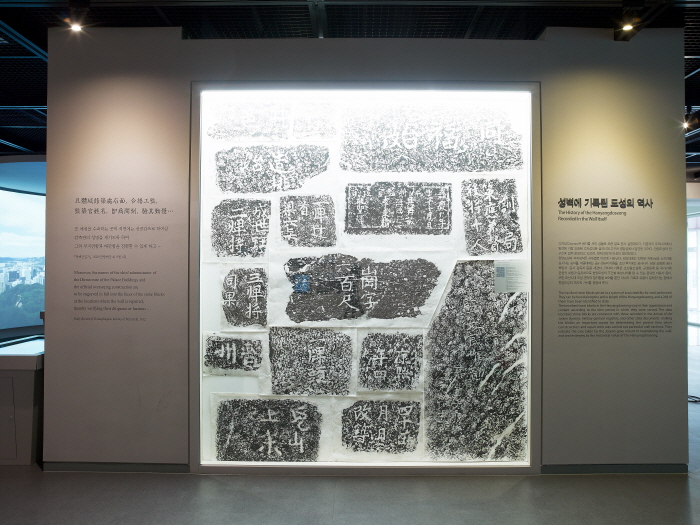
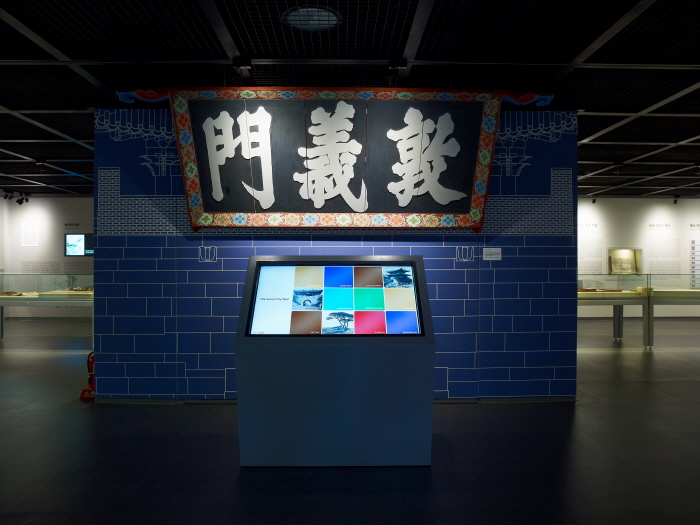
◎ Nearby Tourism Infobox
⊙ Onnuri Pharmacy – Jongno Branch [Tax Refund Shop] (온누리약국 종로)
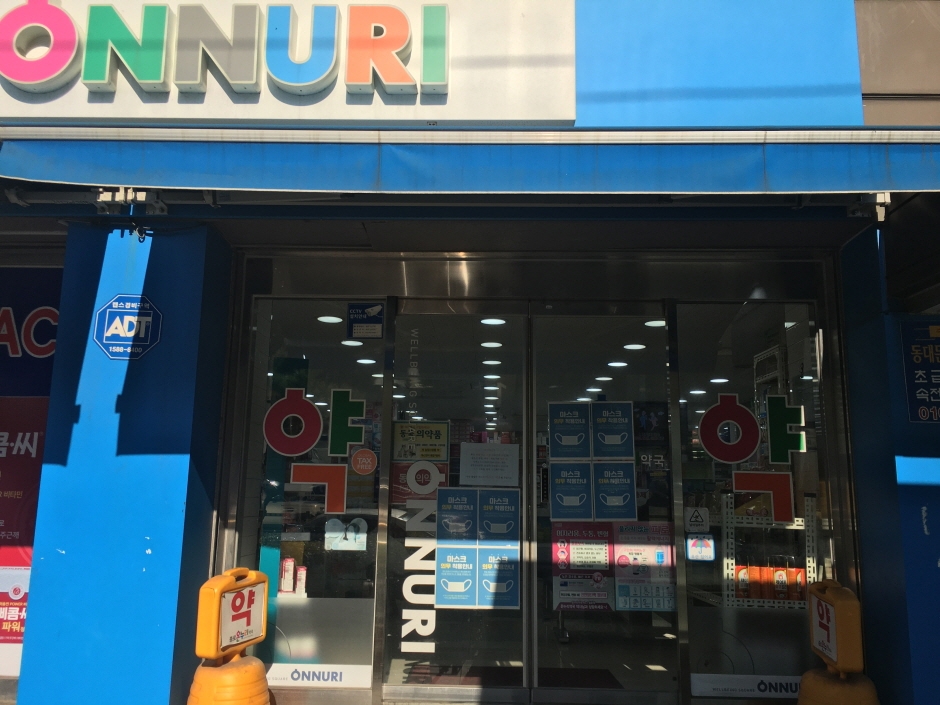
– Homepage
www.phampay.co.kr
–
⊙ Heunginjimun Gate – Dongdaemun Gate (흥인지문)
View detailed guide on Korea Trip Guide →
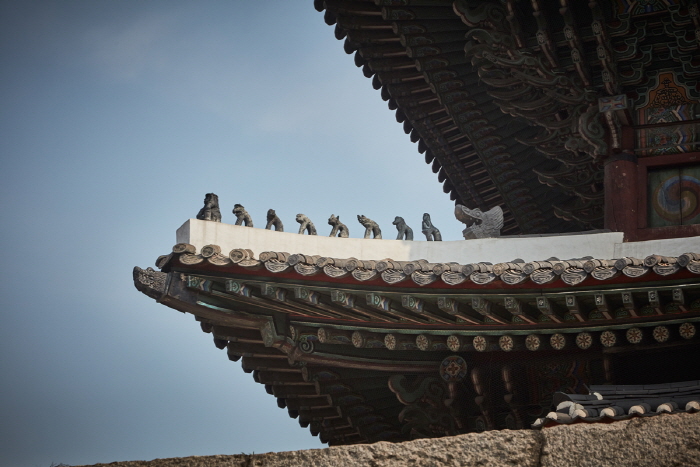
– Homepage
tour.jongno.go.kr
– Tel
+82-2-2148-1842
Heunginjimun Gate was built to protect Hanseongbu, which historically housed essential government facilities. Heunginjimun Gate was the gate on the east side of the outer wall of Seoul Fortress among eight gates. It is referred to as Dongdaemun Gate as well. The gate was constructed during King Taejo’s 5th year in 1396, remodeled during the reign of King Danjong in 1453, and was newly built in 1869 during the sixth year of King Gojong’s reign in 1869.
The gate features a hipped roof with five front and two side compartments on a two-storied building. The thin and weak bracket system supports the eaves and is excessively decorated, reflecting the construction features of the late Joseon period. Also, outside of the fortress is the half-circle-shaped Ongseong, a small wall, to protect the gate.
One of the unique factors of Heunginjimun Gate is that it is the only gate among Seoul’s eight to have Ongseong, further exhibiting the style of construction used during the late Joseon period.
⊙ Dongdaemun Bonga Gamasot Seolleongtang (동대문본가가마솥설렁탕)
– Tel
+82-2-741-1510
Dongdaemun Bonga Gamasot Seolleongtang is a seolleongtang (ox bone soup) restaurant located near Dongdaemun Fashion Market. The rich-tasting seolleongtang is boiled for 24 hours in a traditional cast-iron pot, using beef from ten different parts of the cow, and the process is visible from outside the restaurant. It is recommended to enjoy the seolleongtang wrapped in rice with a side of tangy radish kimchi. Yennal bulgogi (old-fashioned bulgogi) and yukhoe bibimbap (beef tartare bibimbap) made with Korean beef are also popular menu items.
⊙ Dongdaemun Shopping Complex·Dongdaemun Shopping Town (동대문 종합시장·동대문 쇼핑타운)
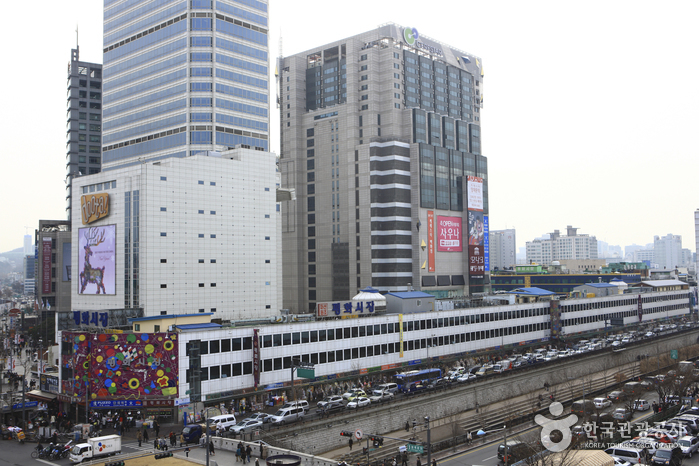
– Homepage
www.ddm-mall.com (Korean, English, Japanese, Chinese)
– Tel
+82-2-2262-0114
Dongdaemun Shopping Complex is one of Korea’s most well-known markets. It was founded in December 1970 as the largest of its kind in Asia and has maintained that status for the last 40 years. Browsing the plethora of shops, you can find fabric and clothing following all the latest global fashion trends. Dongdaemun Shopping Complex continues to build up its reputation as a hub of international design.
⊙ Dongdaemun Jeongyuk Sikdang (동대문정육식당)
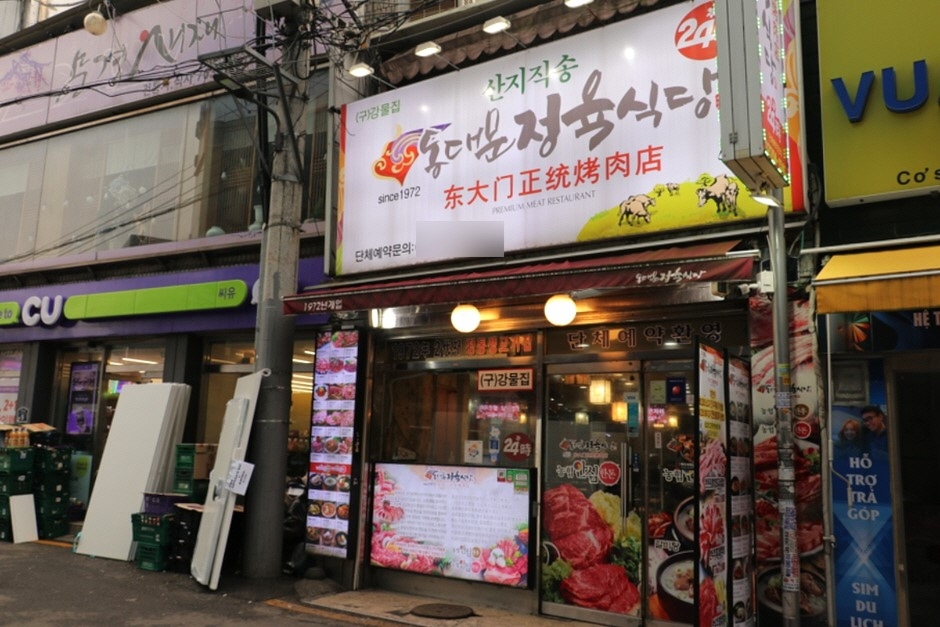
– Homepage
https://50yeargogi.modoo.at/
– Tel
+82-2-764-1541
Dongdaemun Jeongyuk Sikdang is a butcher restaurant specializing in fresh meat located near Dongdaemun Fashion Town. They offer high-quality Korean beef and Korean pork sourced directly from the producers, allowing customers to choose cuts of meat according to their preferences at reasonable prices. Their savory soybean paste stew served in the center of the grill is also delicious. Customers can help themselves to additional side dishes like green onions threads and onion sauce at the self-service bar.
⊙ CheongKwanJang – Dongdaemun Market Branch [Tax Refund Shop] (정관장 동대문시장)
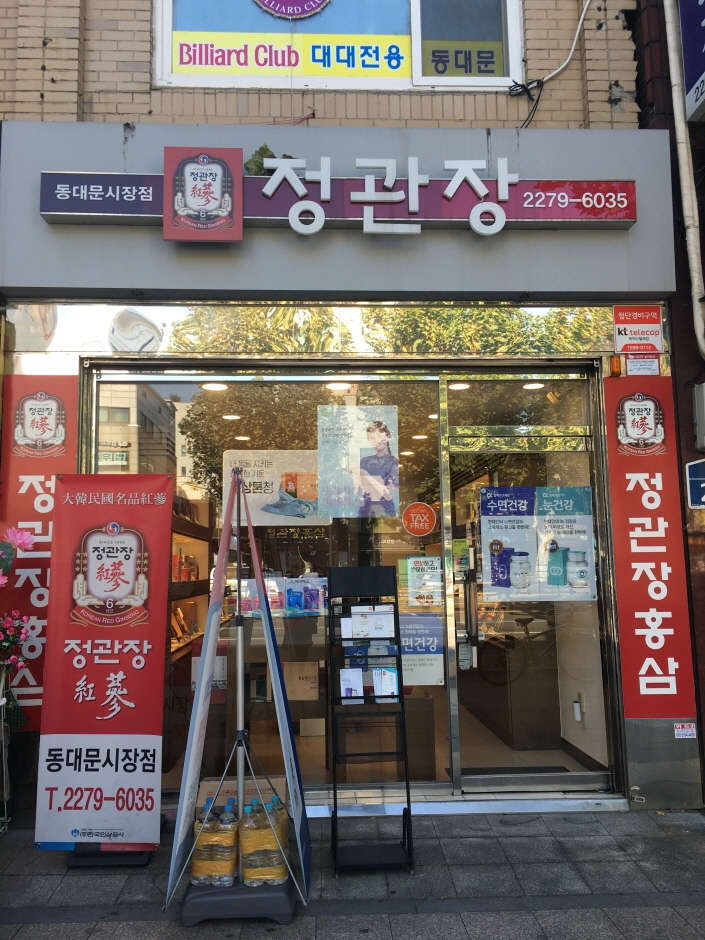
– Homepage
www.kgc.or.kr
–
⊙ Dongdaemun Dak Hanmari Alley (서울 동대문 닭한마리 골목)
View detailed guide on Korea Trip Guide →
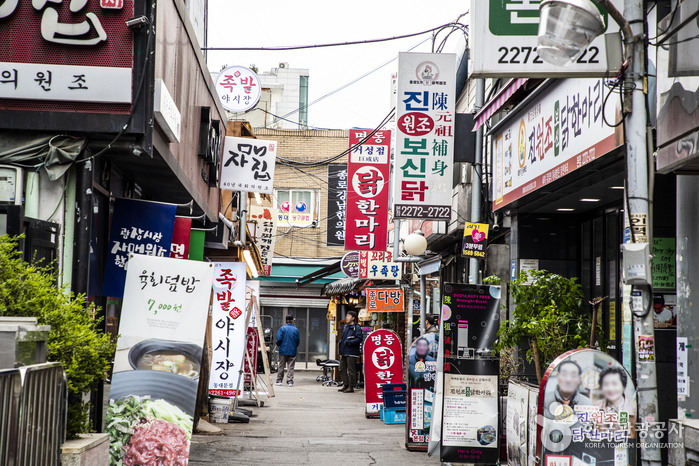
– Homepage
tour.jongno.go.kr
– Tel
+82-2-2236-9135
Located near the Dongdaemun Market, Dongdaemun Dak Hanmari Alley gets its name from the restaurants serving dak hanmari (whole chicken soup) that line the alley. Dak hanmari (whole chicken soup), literally “one whole chicken” in Korean, is a dish where a whole chicken is boiled in a soup and served with the alley’s special sauce. After the diners eat the meat, the broth is used to make kalguksu (noodle soup). Because the area is home to large-scale apparel and fashion material markets of the Dongdaemun Market, the district is always lively and bustling.
⊙ Jinokhwa Halmae Wonjo Dakhanmari (진옥화할매원조닭한마리)

– Homepage
www.darkhanmari.co.kr (Korean, English, Japanese)
– Tel
+82-2-2275-9666
Jinokhwa Halmae Wonjo Dakhanmari is a renowned restaurant located in the alley of whole chicken soup near Dongdaemun Market, operating since 1978. Its specialty is dakhanmari (whole chicken soup), a whole chicken boiled in savory and rich broth. Adding finely chopped green onions enhances its refreshing flavor. The chewy rice cakes dipped in the seasoned sauce are also delightful. Additionally, it’s customary to enjoy the remaining broth by mixing it with seasoning sauce and noodles, creating a delicious kalguksu (noodle soup).
⊙ Pyounghwa (Pyeonghwa) Fashion Town (서울 평화시장)
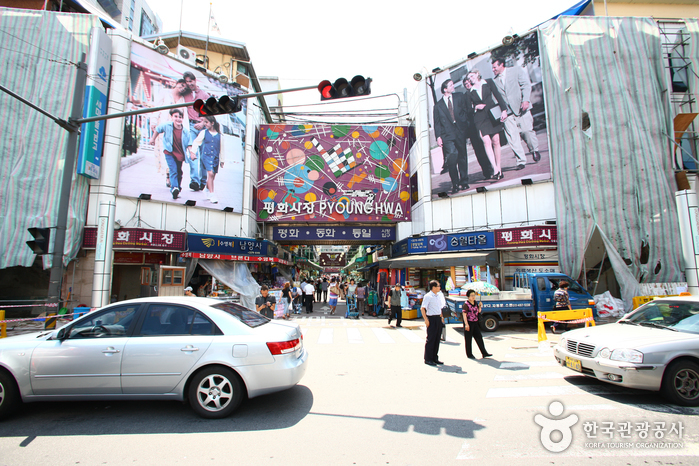
– Homepage
http://www.pyounghwa.com
비짓서울 https://korean.visitseoul.net
– Tel
+82-2-2265-3531~3
The Pyounghwa Fashion Town market in Dongdaemun has been selling fashion clothing and accessories for over 50 years ever since the end of the Korean War. It was here that in 1953 North Korean refugees started selling clothes made from US army uniforms. Their market was then named Pyounghwa, which means peace, in the hope that no other wars would be fought on Korean soil. The Pyounghwa Fashion Town was therefore the beginning of the 30,000 stores that now make up Dongdaemun Fashion Town, which is seen as one of the global centers of the fashion industry.
Spread over a large area, this historical fashion market is divided into several districts, the ‘Gu Pyounghwa Fashion Town’ is the oldest, and there is also the ‘Shin Pyounghwa Fashion Town’, ‘Dong Pyounghwa Fashion Town’, and ‘Cheong Pyounghwa Fashion Town’.


